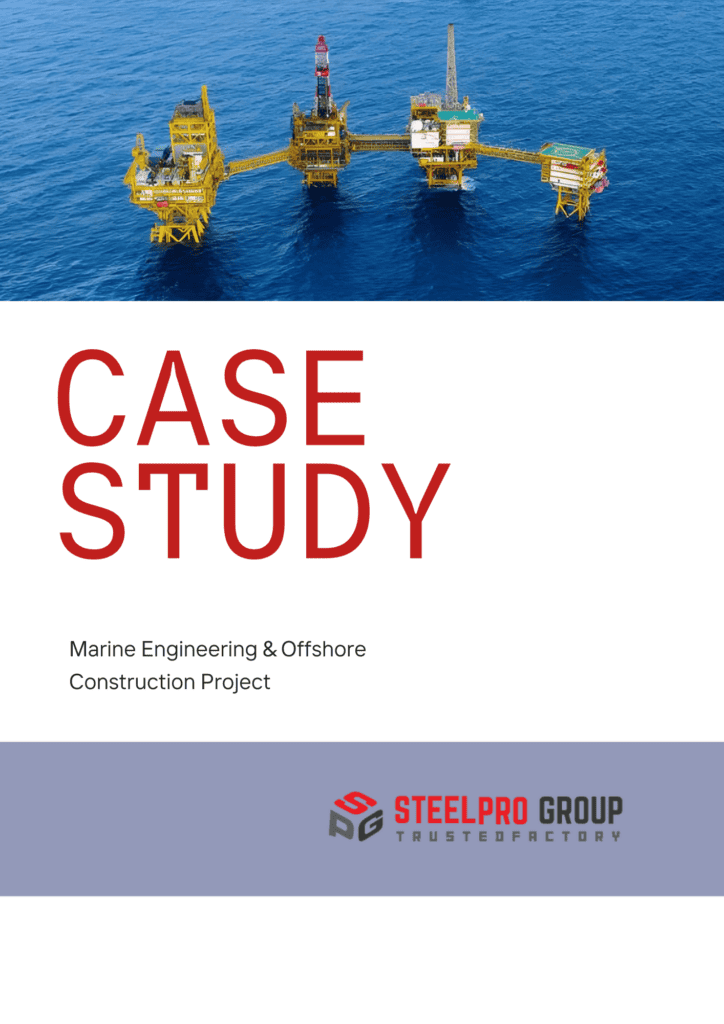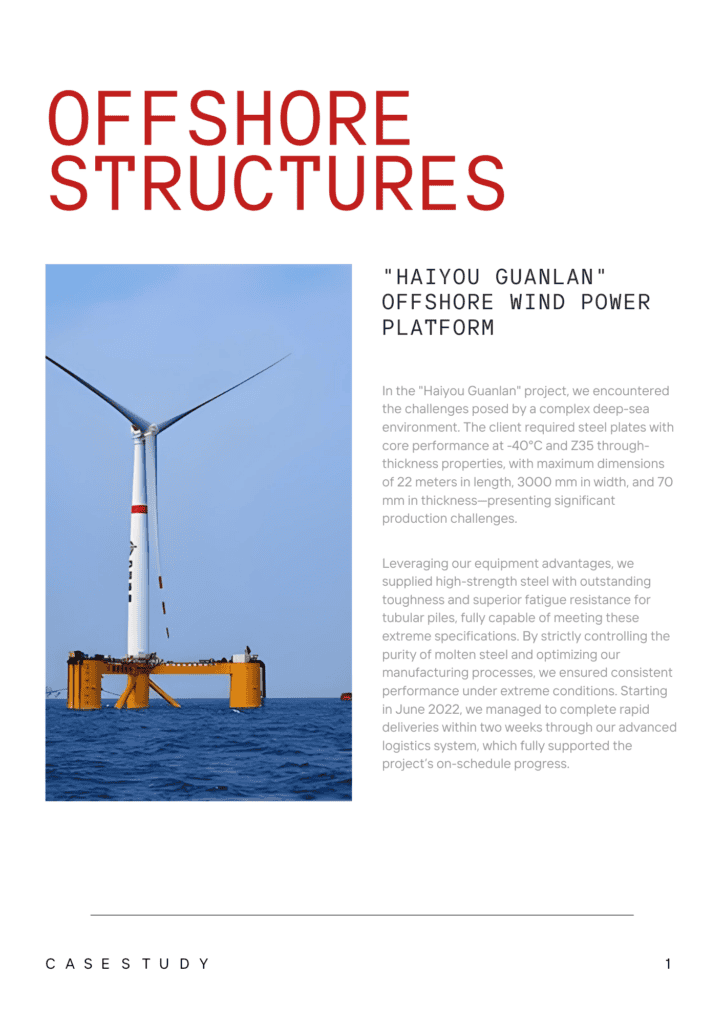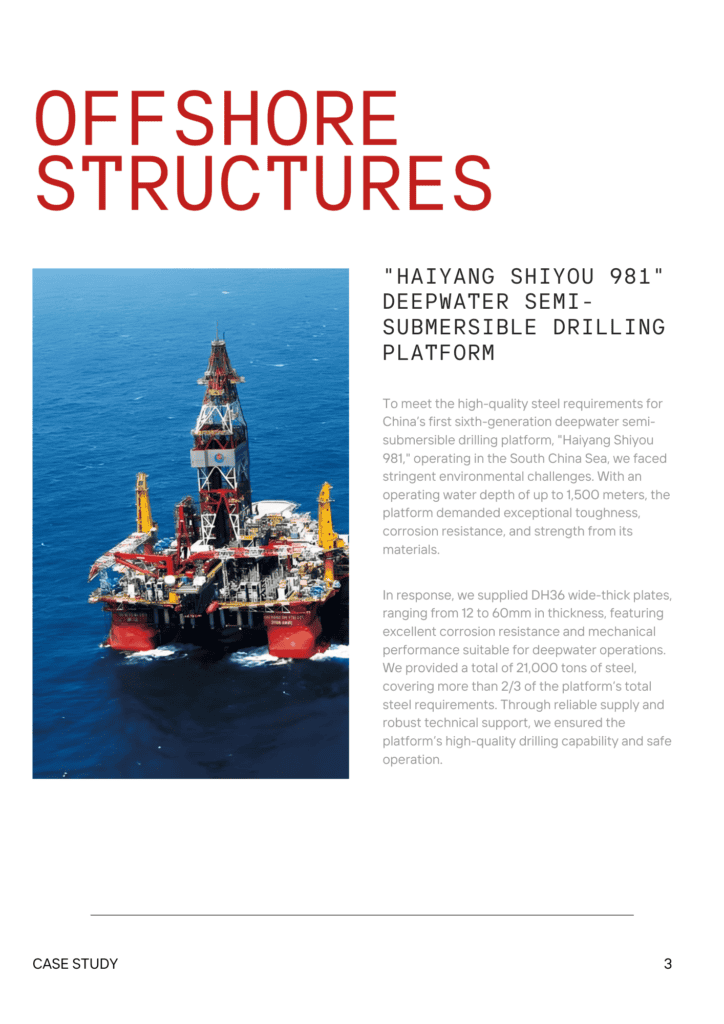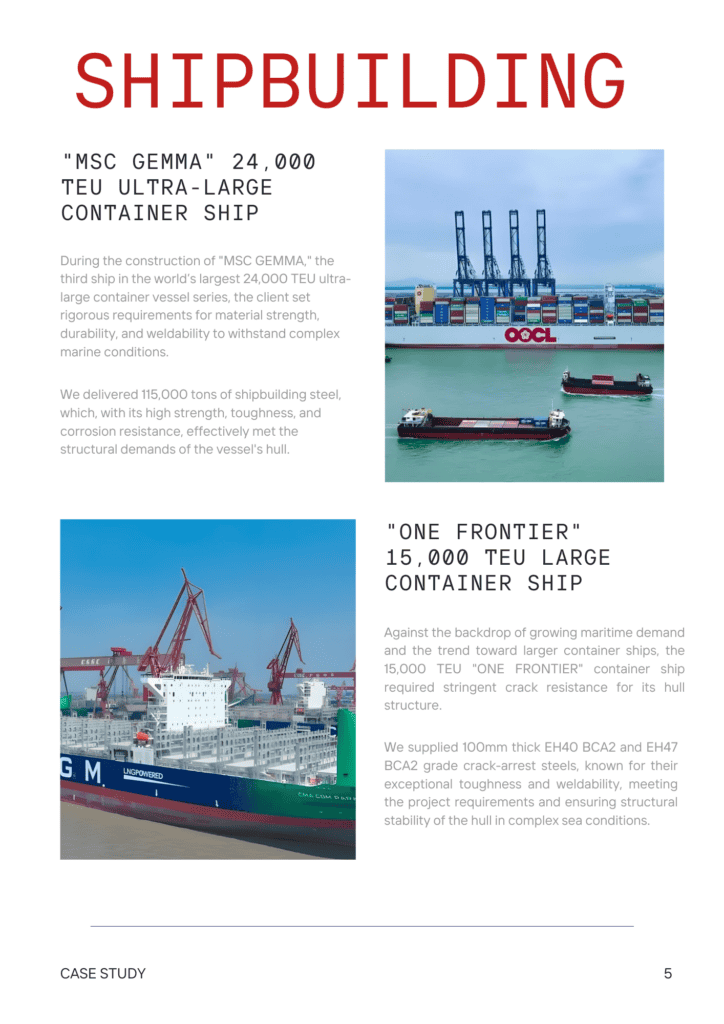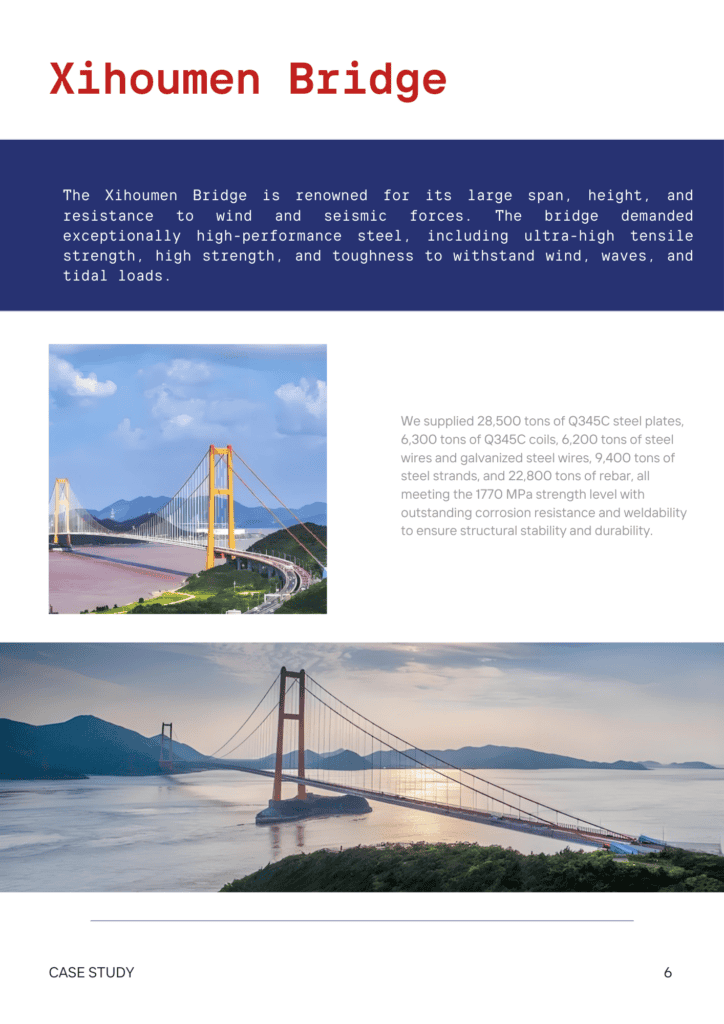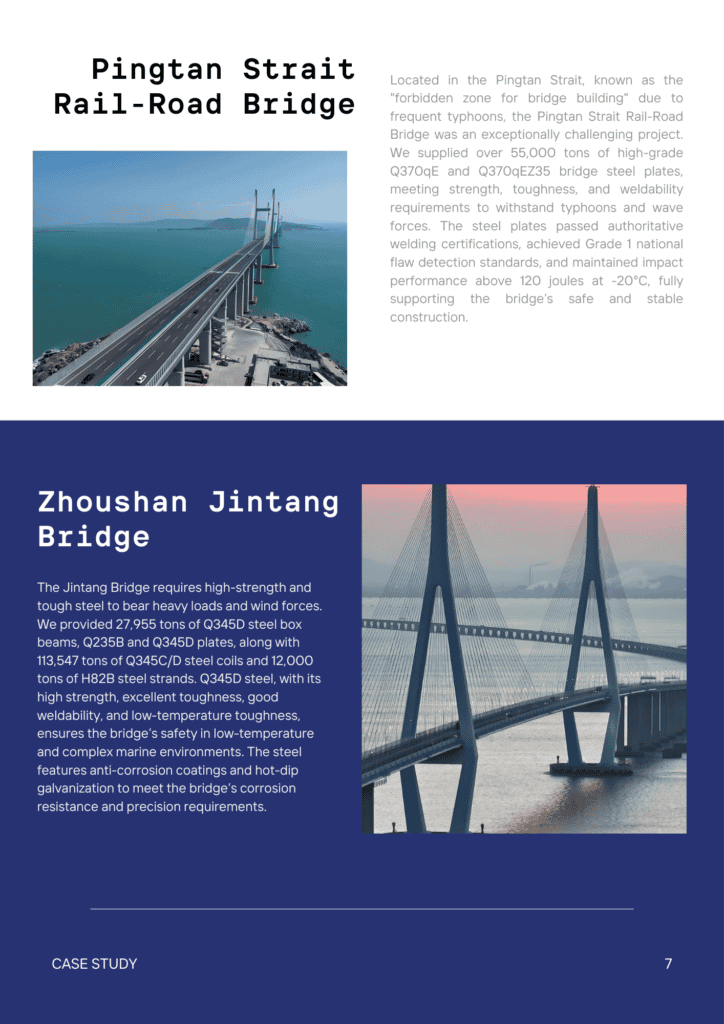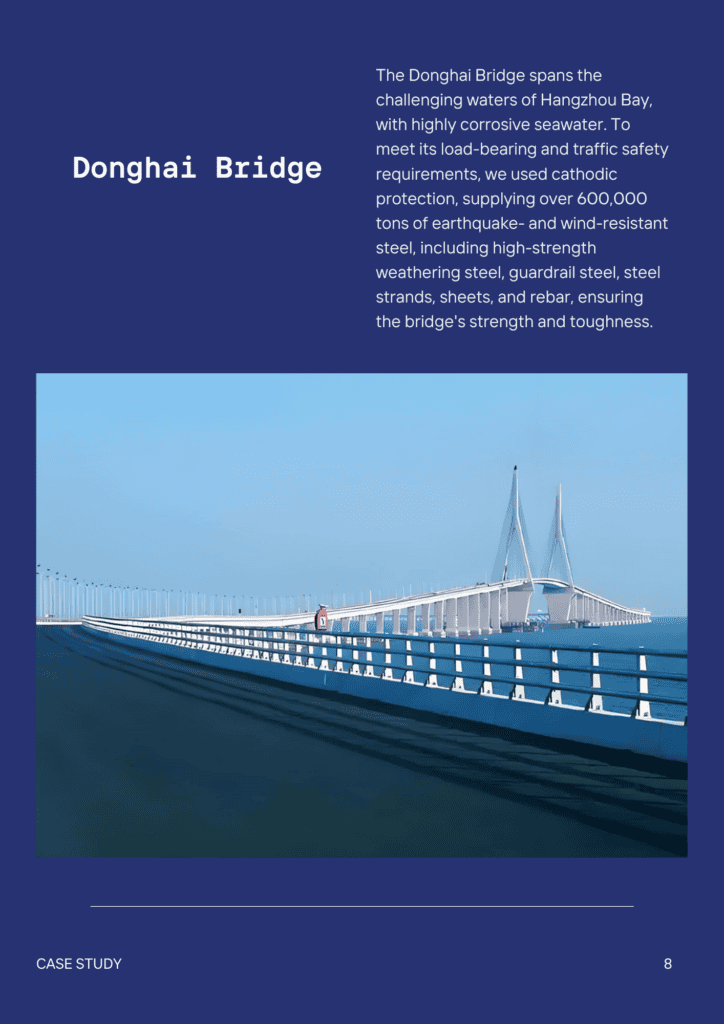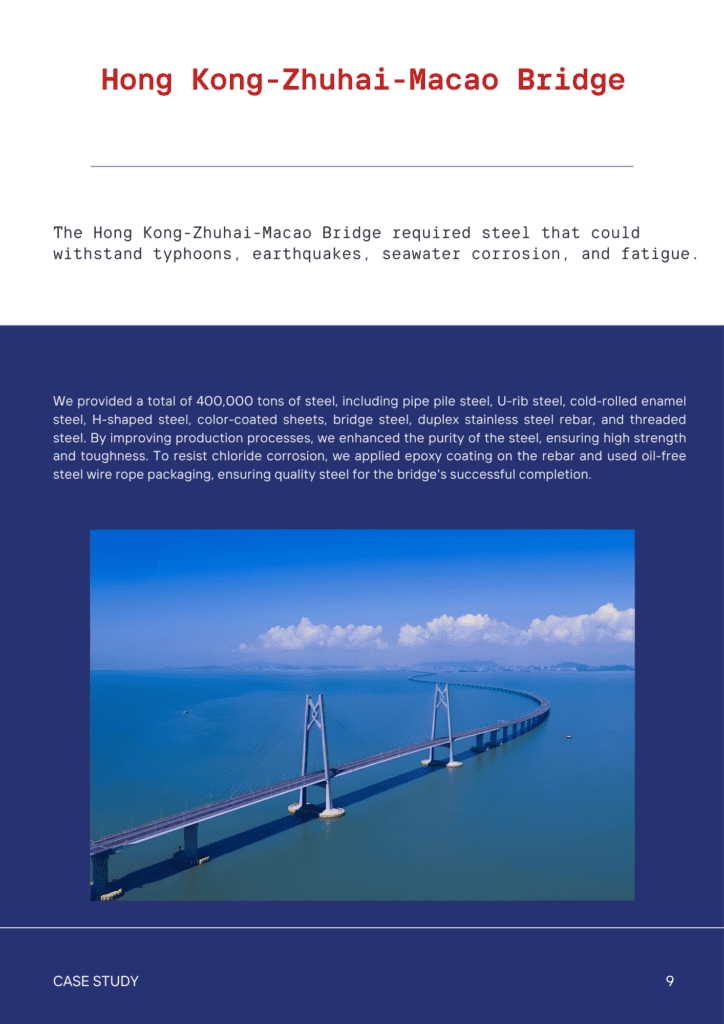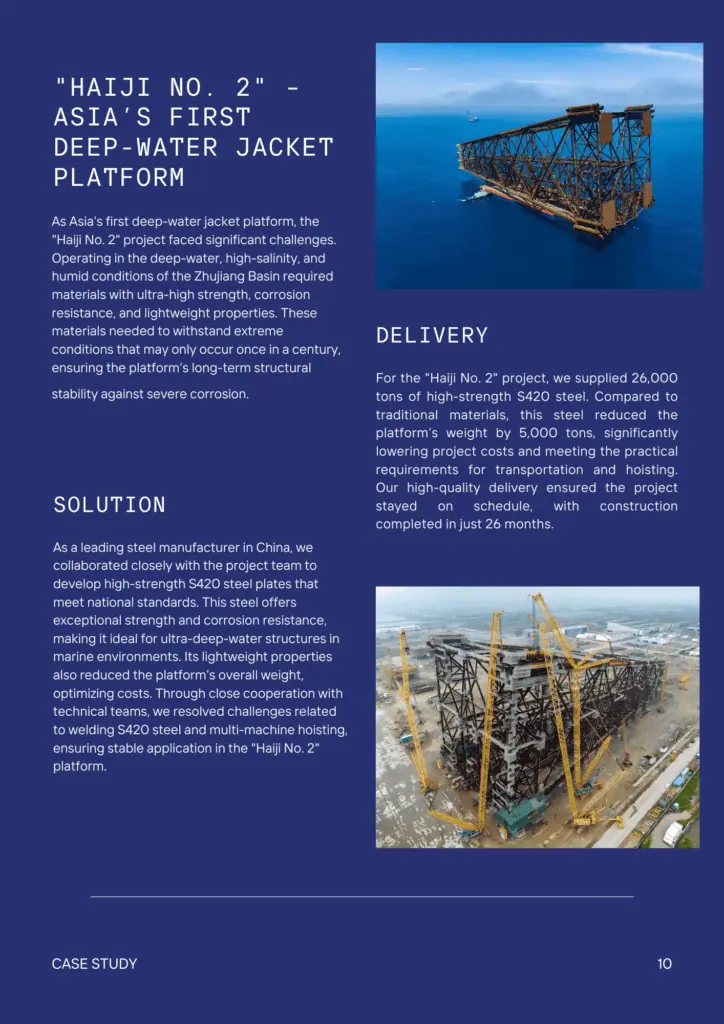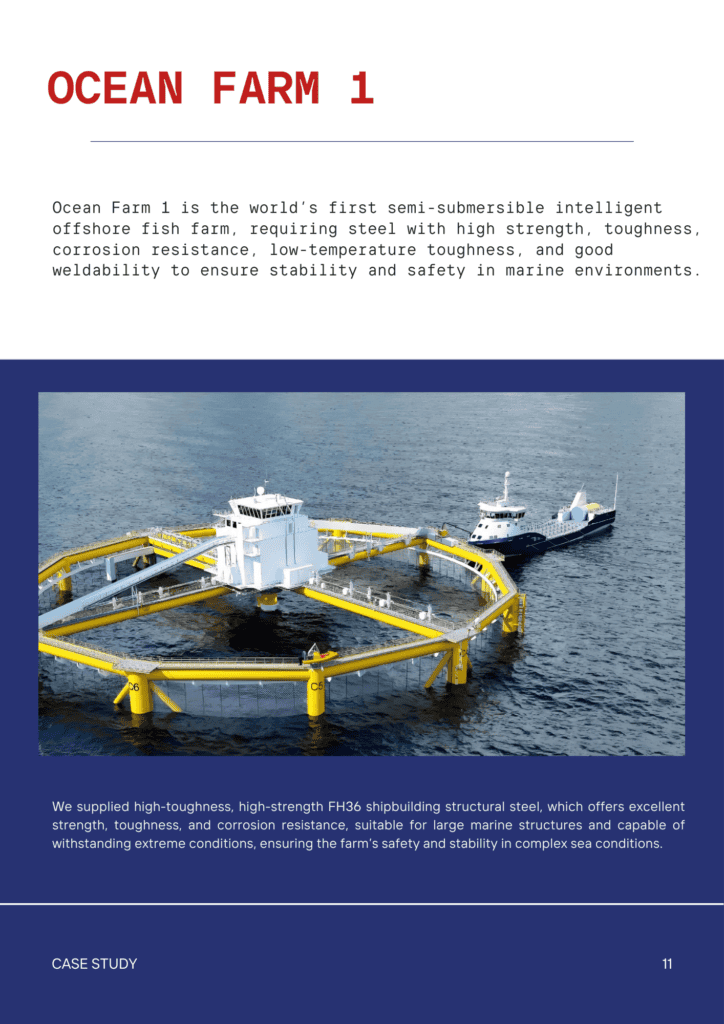Contents
What Are The Differences Between Q235A And Q235B Steel
- John

Both Q235A and Q235B are classified as low-carbon structural steels, specified by the Chinese GB/T 700 standard.
Q235A is recognized for its good strength, weldability, and formability balance. It is often used in structures like building frames, beams, and bridges. Q235B has slightly lower levels of sulfur and phosphorus for improved toughness. It performs well in applications like automotive parts and heavy-duty construction.
Chemical Composition of Q235A vs Q235B Steel
| Grade | C | Si | Mn | P | S | Cr | Ni | Cu | As | N |
| Q235A | ≤0.22 | ≤0.35 | ≤1.4 | ≤0.045 | ≤0.05 | ≤0.3 | ≤0.3 | ≤0.3 | ≤0.08 | ≤0.08 |
| Q235B | ≤0.2 | ≤1.4 | ≤0.045 |
Q235B has a slightly improved chemical profile compared to Q235A, particularly with a reduced sulfur level, which enhances its toughness and weldability. But with higher allowable impurities, Q235A is more cost-effective and ideal for projects prioritizing budget over toughness.
Corrosion Resistance of Q235A vs Q235B Steel
Q235B has slightly better corrosion resistance than Q235A, primarily due to its lower sulfur content. Despite the variation, both Q235A and Q235B are prone to rust in humid or corrosive environments. For this reason, they often require protective treatments, such as galvanization or painting.
For high-quality galvanized steel products, click here for more details.
Mechanical Properties of Q235A vs Q235B Steel
This table shows the mechanical properties of Q235A and Q235B steel:
| Thickness (Diameter) mm | Tensile Strength (MPa) | Yield Strength (MPa) | Elongation (%) |
| ≤ 16 | 370–500 | ≥ 235 | ≥ 26 |
| 16 < t ≤ 40 | 370–500 | ≥ 225 | ≥ 26 |
| 40 < t ≤ 60 | 370–500 | ≥ 215 | ≥ 25 |
| 60 < t ≤ 100 | 370–500 | ≥ 215 | ≥ 24 |
| 100 < t ≤ 150 | 370–500 | ≥ 195 | ≥ 22 |
| 150 < t ≤ 200 | 370–500 | ≥ 185 | ≥ 21 |
- The values are identical for Q235A and Q235B as they share similar low-carbon structural properties defined by the Chinese GB/T 700 standard.
Impact Testing
The following table summarizes the impact testing requirements for each grade:
| Grade | Temperature(°C) | Impact Energy (KV2) (J) |
| Q235A | Not required | Not required |
| Q235B | 20 | ≥ 27 |
| Q235C | 0 | ≥ 27 |
| Q235D | -20 | ≥ 27 |
- Impact testing evaluates a material’s toughness, which is critical in environments subject to dynamic loads or low temperatures.
Q235B offers a higher impact resistance than Q235A, especially at room temperature, which makes it suitable for structural parts exposed to dynamic loads.
Applications of Q235A vs Q235B Steel
Q235A
It is primarily used for indoor structural components where stability is key, such as in building frames, supports, and non-load-bearing equipment. Its cost-effectiveness makes it ideal for projects without demanding durability needs.
Q235B
Due to its favorable balance of strength and formability, Q235B is often found in applications such as building frameworks, bridges, mechanical parts, and even heavy-duty equipment. Its machinability and ease of welding allow for versatile use across construction and manufacturing sectors.
High-Quality Q235 Steel Solutions
Steel Pro Group offers top-quality Q235 steel tailored to meet all your structural and industrial needs. You can enjoy competitive pricing and fast delivery on all orders. For a quick quote, click here.



